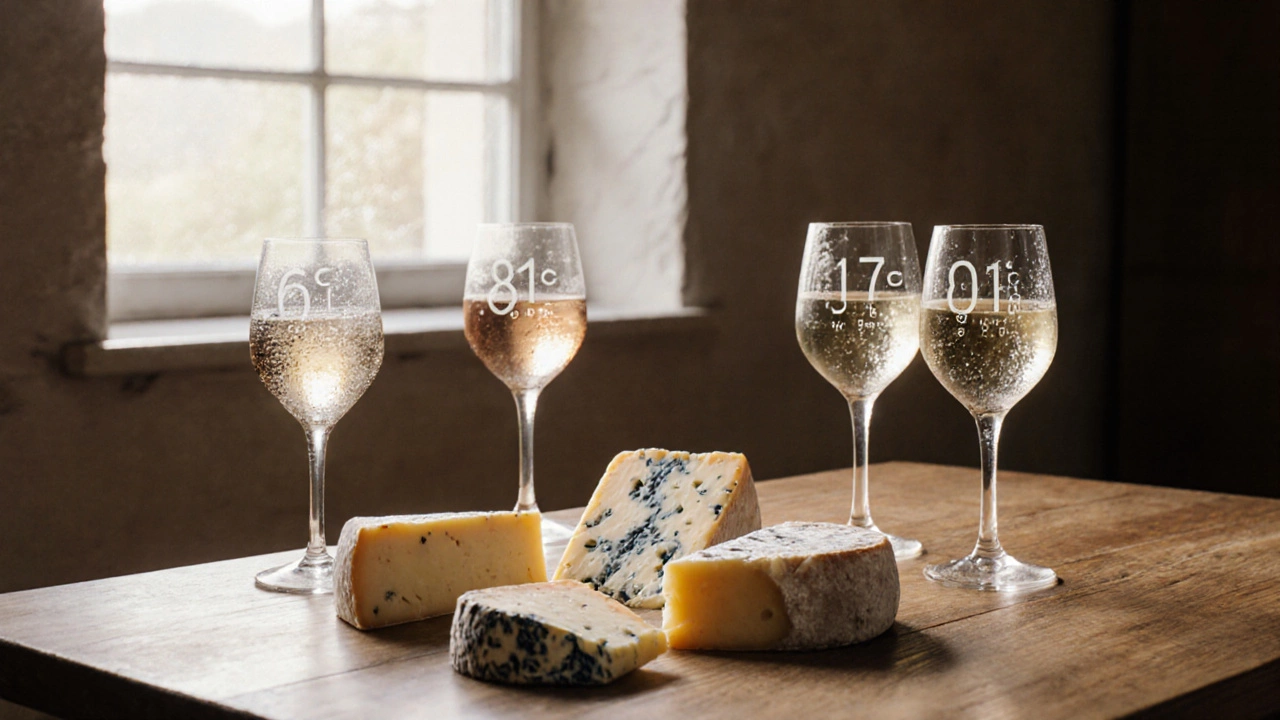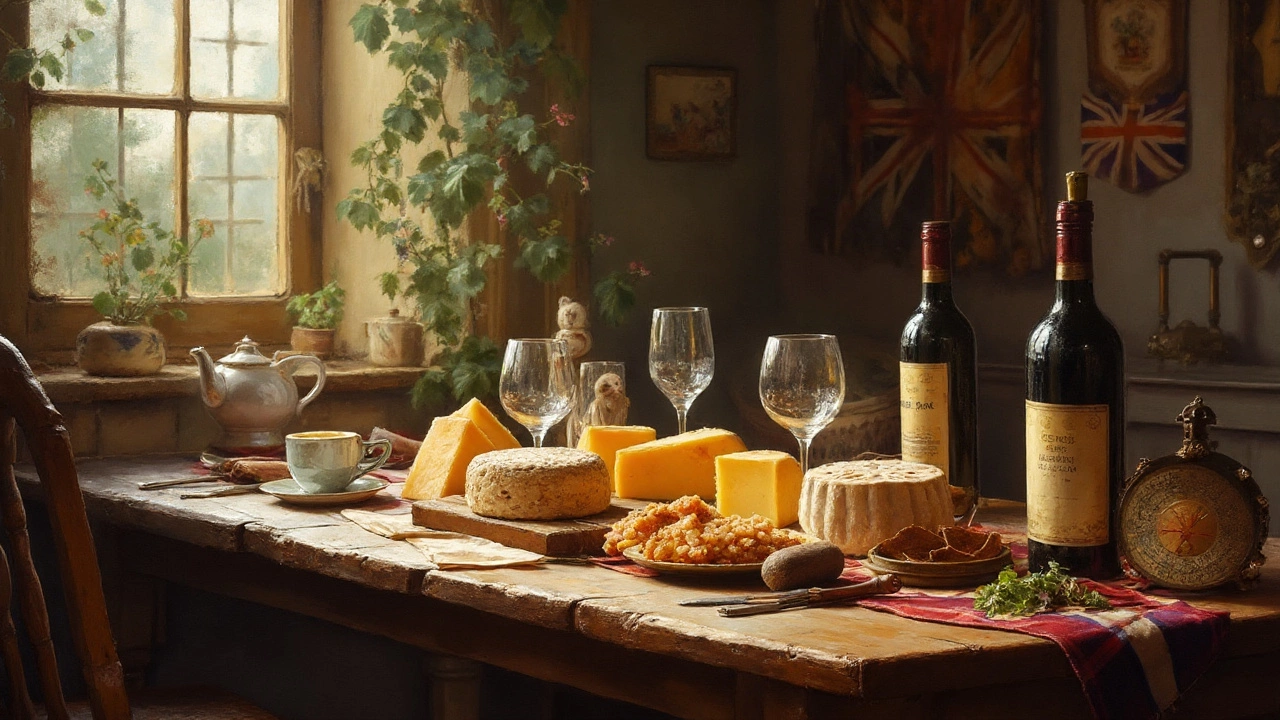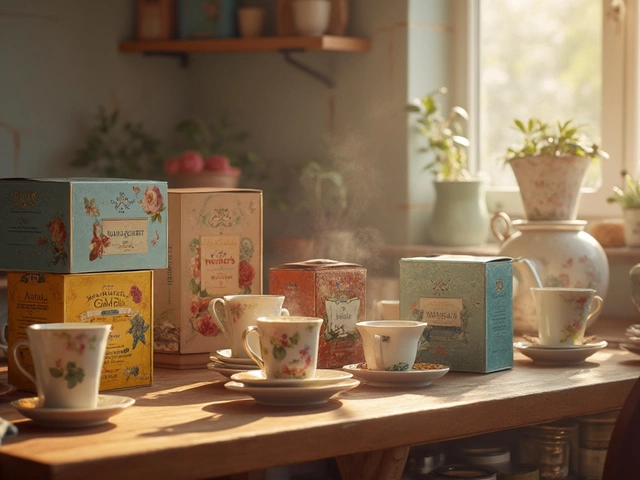Cheese and Wine Pairing: Simple Tips to Nail Every Match
If you’ve ever stared at a cheese board wondering what to pour, you’re not alone. The good news is you don’t need a sommeliers degree to get it right. A few easy rules can turn any snack into a tasty experience.
Why Pairing Matters
Cheese and wine talk to each other. The fat in cheese softens the perception of tannins in red wine, while the acidity in white wine cuts through creamy textures. When the flavors complement, both taste better. If they clash, you’ll feel the bitterness or the sourness more strongly.
Easy Pairing Rules
Rule 1: Match intensity. Light cheeses like mozzarella pair best with light wines such as Pinot Grigio. Strong cheeses like blue need a bold wine like a full‑bodied Cabernet.
Rule 2: Pair by region. A French cheese often loves a French wine. Try Brie with a buttery Chardonnay from Burgundy, or Roquefort with a sweet Sauternes.
Rule 3: Balance acidity. High‑acid wines (Sauvignon Blanc, Chianti) work well with tangy cheeses (goat, feta). The acidity keeps the palate fresh.
Rule 4: Consider texture. Crumbly cheeses (cheddar, gouda) handle bigger sips, while soft cheeses (camembert, brie) like smaller, smoother pours.
Now let’s look at some classic combos you can try tonight.
Cheddar & Red Ale or Merlot. The sharpness of aged cheddar meets the velvety fruit of Merlot, making the cheese feel smoother.
Goat Cheese & Sauvignon Blanc. The citrus notes of the wine lift the tang of the goat, giving a clean finish.
Brie & Chardonnay. Butter‑rich brie and buttery Chardonnay echo each other, creating a luxurious mouthfeel.
Blue Cheese & Port or Sweet Riesling. The sweet wine tames the strong saltiness of blue, turning a bold bite into a pleasant contrast.
Parmesan & Chianti. The salty, nutty parmesan pairs with the bright acidity of Chianti, keeping the palate from feeling heavy.
When you build a cheese board, think about variety. Offer at least one soft, one hard, and one blue cheese. Then pick a white, a rosé, and a red wine that match the intensity levels you’ve chosen.
Don’t forget a simple palate cleanser. A few crackers or a slice of apple can reset your taste buds between bites, letting each pairing shine.
Experiment is part of the fun. Grab a cheese you love, pour a wine you already enjoy, and see how they interact. If something feels off, switch to a wine with a bit more acidity or a cheese with a milder flavor.
With these basics, you’ll feel confident creating a cheese‑and‑wine spread for any occasion. Cheers to good taste made easy!
Learn how to properly pair cheese and wine with simple, science-backed rules. Avoid common mistakes and discover what works - from temperature to intensity matching - for real, delicious results.
View DetailsDiscover the fascinating reasons behind the classic cheese and wine pairing, with historical secrets, modern science, expert tips, and surprising flavor hacks.
View DetailsExplore the tasty world of cheese and wine pairing. Learn if cheese goes best with white or red wine, why, and how to make every sip and bite unforgettable.
View Details



